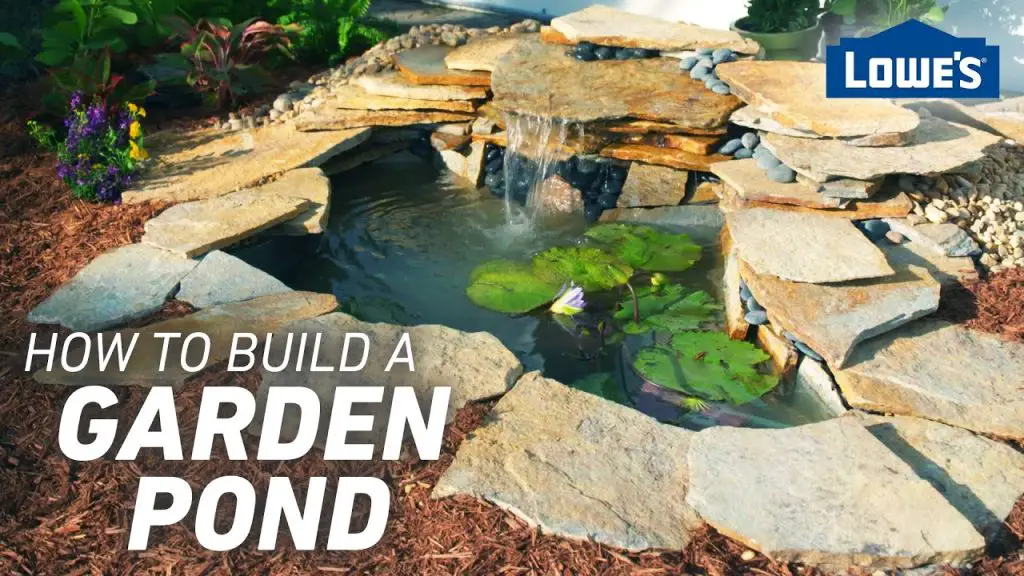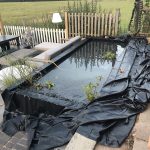Transform Your Backyard with a Stunning Pond
Are you looking to add a touch of tranquility and beauty to your backyard? Creating a pond can be an amazing way to enhance your outdoor space and bring a sense of serenity to your home. Whether you’re a seasoned DIY enthusiast or a novice looking to take on a new project, building a pond in your backyard can be a rewarding and fulfilling experience. In this comprehensive guide, we will walk you through the step-by-step process of building your very own backyard pond.
Step 1: Planning and Design
The first step in building a pond in your backyard is to carefully plan and design the layout. Consider the size and shape of the pond, as well as its location in your yard. Take into account factors such as sunlight, proximity to trees, and the overall aesthetic you want to achieve. It’s also important to check with local authorities to ensure compliance with any regulations or permits that may be required for pond construction in your area.
Step 2: Choosing the Right Location
Selecting the perfect spot for your pond is crucial to its long-term success. Ideally, you’ll want an area that receives a good balance of sunlight and shade throughout the day. Additionally, be mindful of any overhanging trees or roots that could potentially cause issues with excavation and maintenance down the line. Once you’ve identified the ideal location, mark out the perimeter of the pond using spray paint or stakes and string.
Step 3: Excavation and Shaping
With the location of the pond marked out, it’s time to start excavating the area. Using a shovel or a small excavator, carefully remove the topsoil and begin shaping the pond according to your design. Aim for a depth of at least 18-24 inches to accommodate aquatic plants and provide a suitable habitat for fish, if you plan to have them. As you dig, create gradual slopes for the edges of the pond to allow for easy access and maintenance.
Step 4: Installing the Pond Liner
How to Install the Pond Liner Once the excavation is complete, it’s time to install the pond liner. There are various options available, including flexible PVC liners, preformed plastic liners, and concrete. Whichever option you choose, ensure that the liner is properly installed and secured to prevent leaks. It’s important to smooth out any wrinkles or folds in the liner to create a seamless surface for the water to sit in.
Step 5: Adding a Filtration System
To maintain a healthy and balanced ecosystem within your pond, it’s essential to incorporate a filtration system. There are different types of filtration systems available, including biological, mechanical, and UV filters. Research the best option for your pond size and budget, and ensure that it is properly installed to keep the water clean and clear.
Step 6: Introducing Aquatic Plants
Adding aquatic plants to your pond can bring natural beauty and help to maintain water quality. Consider a mix of submerged, floating, and marginal plants to create a diverse and visually appealing pond environment. Some popular choices include water lilies, lotus, water hyacinth, and various types of grasses and rushes. Be sure to plant them at the appropriate depth and provide adequate space for growth.
Step 7: Introducing Fish
If you’re interested in introducing fish to your pond, research the types of fish that are suitable for your climate and pond size. Koi and goldfish are popular choices for backyard ponds due to their hardiness and vibrant colors. When adding fish, it’s crucial to acclimate them slowly to prevent shock and stress. Ensure that the pond has areas of shade and shelter to provide a comfortable environment for the fish.
Step 8: Adding the Finishing Touches
Once the pond is in place and the essential components are installed, it’s time to add the finishing touches. Consider adding decorative rocks or boulders around the perimeter of the pond to create a naturalistic look. You can also incorporate a waterfall or fountain feature for added visual interest and the soothing sound of running water. Don’t forget to add lighting to showcase your pond at night and create an enchanting ambiance.
Step 9: Maintenance and Care
Now that your pond is complete, it’s important to establish a regular maintenance routine to keep it in optimal condition. This includes tasks such as removing debris, checking and cleaning the filtration system, and monitoring water quality. Additionally, be mindful of seasonal changes and adjust your maintenance schedule accordingly.
Conclusion
Building a pond in your backyard can be a fulfilling and rewarding project that adds a touch of natural beauty and tranquility to your outdoor space. By carefully planning and executing each step, you can create a stunning pond that becomes a focal point of your yard and a haven for aquatic life. Whether you’re a gardening enthusiast, a nature lover, or simply someone looking to enhance their outdoor living space, a backyard pond is a wonderful addition that can be enjoyed for years to come. So, roll up your sleeves, gather your tools, and embark on the journey of creating your very own backyard oasis.





